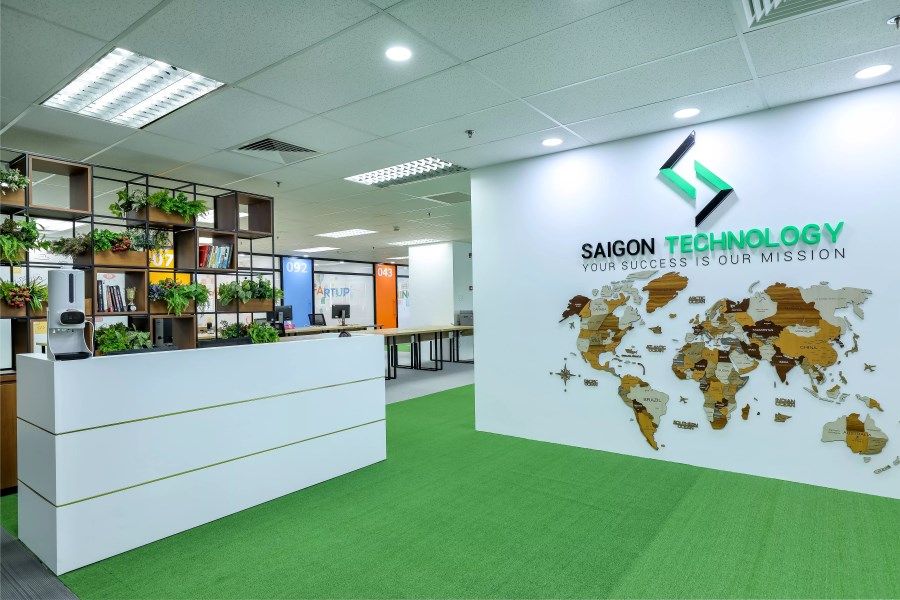The world of work is changing, and with it, the way employees are trained and engaged. Traditionally, training has taken place in a classroom setting, with employees attending sessions at specific times and locations. However, advances in technology are enabling new methods of employee training and engagement that are more convenient for workers and more effective for businesses.
Mobile applications are one such advance, providing a platform for learning anywhere, anytime. In this blog post, we’ll explore the digital transformation of employee training and engagement and how mobile apps play a leading role.
Why Adopt Digital Transformation in Employee Training and Engagement?
There are several reasons why businesses should consider adopting digital transformation in employee training and engagement. These include:
More convenient for employees
First, it’s more convenient for employees. Mobile apps allow workers to access training materials and resources anytime, anywhere. This is especially beneficial for employees who have difficulty attending traditional classroom-based sessions.
More engaging and interactive
Second, mobile apps provide a more engaging and interactive learning experience. By incorporating multimedia content and gamification elements, mobile apps can hold employees’ attention and keep them engaged in the learning process.
More effective for businesses
Third, mobile apps are more effective for businesses. Mobile learning is often more efficient and cost-effective than classroom-based training, and it can be customized to meet the specific needs of an organization. Additionally, mobile apps can be used to track employee progress and performance, providing valuable data that can be used to improve the training program.
Enhanced onboarding of remote employees
Technology can help to facilitate the onboarding of new and remote employees. Mobile apps can be used to provide training materials, such as video tutorials and e-learning modules. In addition, they can also be used to connect employees with each other and with mentors, providing a support network that can help them quickly settle into their new roles.
Classroom-based training can be expensive and time-consuming, particularly for businesses with a large workforce. Mobile apps can provide an alternative that is more cost-effective and convenient.
Mobile apps can also be used to deliver training content in a more engaging way. For example, gamification techniques can be used to make learning more fun and interactive.
Better measures of the impact of training and engagement
Digital transformation can also help businesses to better measure the impact of employee training and engagement initiatives. Mobile apps can be used to track employee progress and performance, providing valuable data that can be used to improve future programs.
Staying in tune with the technology times
Mobile apps are one of the most popular and fastest-growing types of technology today. By 2023, it is estimated that there will be seven billion smartphone users worldwide. As our lives become more and more reliant on mobile devices, it only makes sense for businesses to take advantage of this trend by using mobile apps for employee training and engagement. Mobile apps offer a level of convenience and flexibility that traditional training methods simply cannot match.
Additionally, mobile apps can be used to deliver content more engagingly and interactively. With features such as push notifications, geolocation, and Augmented Reality (AR), businesses can create employee training and engagement experiences that are truly cutting-edge.
By using mobile apps for employee training and engagement, businesses can stay in tune with the latest technology trends and ensure that their employees receive the best possible training.
Mobile apps offer several advantages over traditional methods of employee training and engagement. They are more convenient for employees, more engaging, and can be used to deliver content in a cutting-edge way. Therefore, businesses should consider adopting mobile apps for employee training and engagement to stay in tune with the latest technology trends.
Why Consider Mobile Devices in Employee Training and Engagement?
There are many reasons to consider Mobile Learning as part of your employee training and engagement strategy. Mobile devices are incredibly ubiquitous – according to Statista, there will be nearly eight billion smartphone users in the world by 2027. That’s a lot of potential learners! Mobile apps are also very convenient and can be accessed anytime, anywhere. And finally, Mobile Learning is very effective – a study by the University of Mobile found that “93% of respondents said they would use their mobile devices to access educational content.”
But beyond those general reasons, there are specific advantages to Mobile Learning when it comes to employee training and engagement. Mobile apps can be used to deliver just-in-time training, which can be very beneficial for employees who need to learn new skills quickly. Mobile apps can also be used to provide social and collaborative learning experiences, which can help to engage and motivate employees. And finally, mobile apps can be used to track employee performance and progress, which is essential for any training program.
What are Some of The Ways Businesses Can Use Mobile Apps for Employee Training and Engagement?
Now that we’ve explored some of the reasons why businesses should use digital transformation for employee training and engagement, let’s take a look at some of the ways they can do so through mobile apps.
Mobile apps can be used for a variety of employee training and engagement activities, such as:
- Delivering course content
- Tracking employee progress
- Providing performance feedback
- Conducting assessments
- Awarding badges and certificates.
Additionally, mobile apps can be used to create a more interactive and engaging learning experience for employees. For example, businesses can use push notifications to send reminders about upcoming training sessions or assignments. They can also use geolocation to provide employees with relevant information based on their location. And, with the help of Augmented Reality (AR), businesses can create immersive and interactive training experiences that are truly cutting-edge.
There are several ways businesses can use mobile apps for employee training and engagement. Mobile apps offer a more convenient, engaging, and interactive way to deliver content and track employee progress. Therefore, businesses should consider adopting mobile apps for employee training and engagement to stay ahead of the curve.
Mobile apps are changing the way businesses train and engage their employees. They offer a more convenient, engaging, and interactive way to deliver content and track employee progress. Therefore, businesses should consider adopting mobile apps for employee training and engagement to stay ahead of the curve.
Final Thoughts
Mobile apps are changing the way businesses train and engage their employees. They offer a more convenient, engaging, and interactive way to deliver content and track employee progress. Therefore, businesses should consider adopting mobile apps for employee training and engagement to stay ahead of the curve.
AR can help you make your app development project cost-effective. It can also help you create an app that is truly cutting-edge and interactive. Mobile apps offer several advantages over traditional methods of employee training and engagement, making them a valuable tool for businesses looking to stay ahead of the curve.







